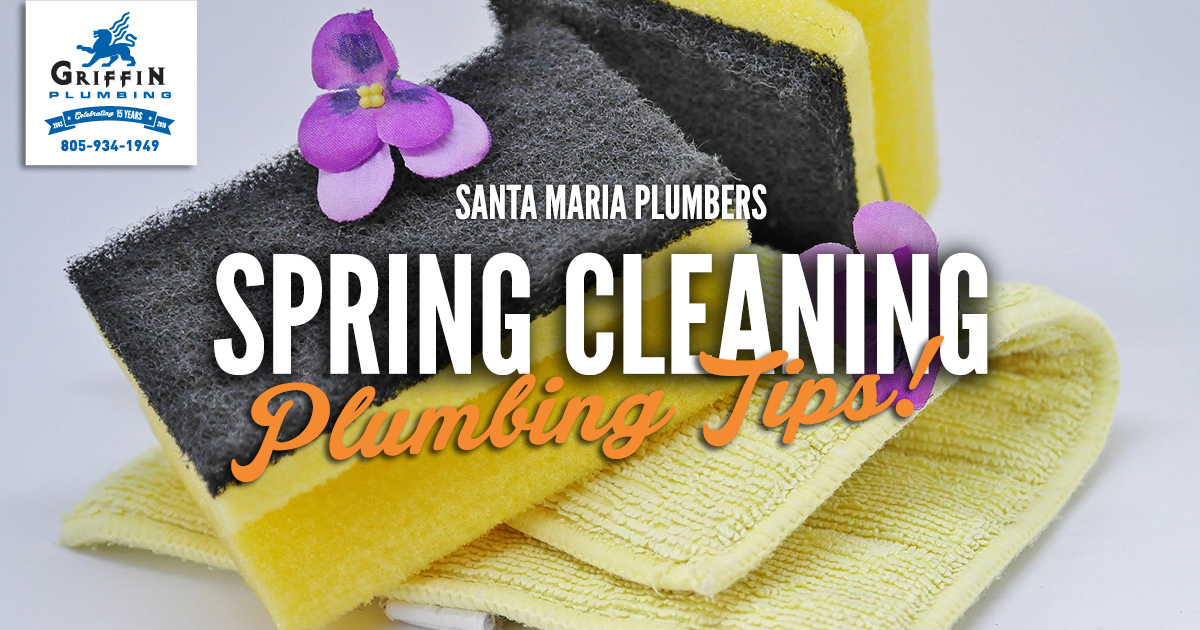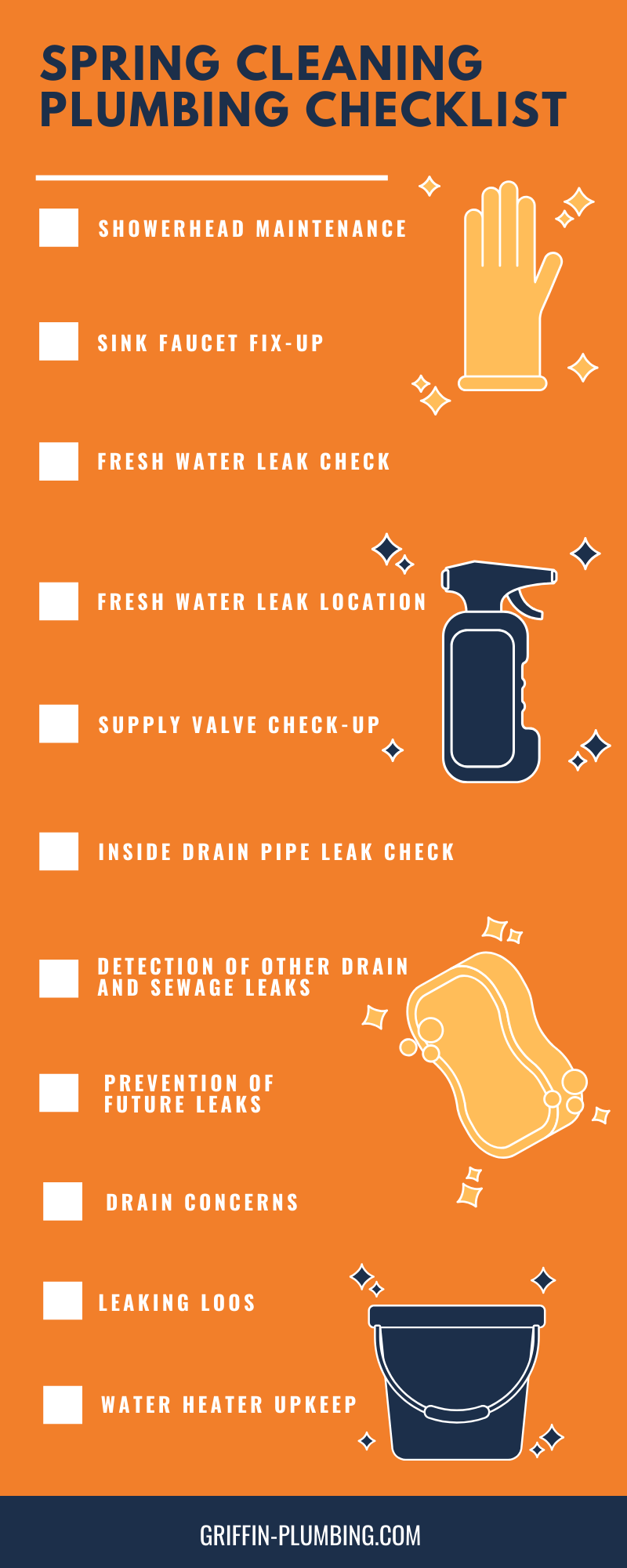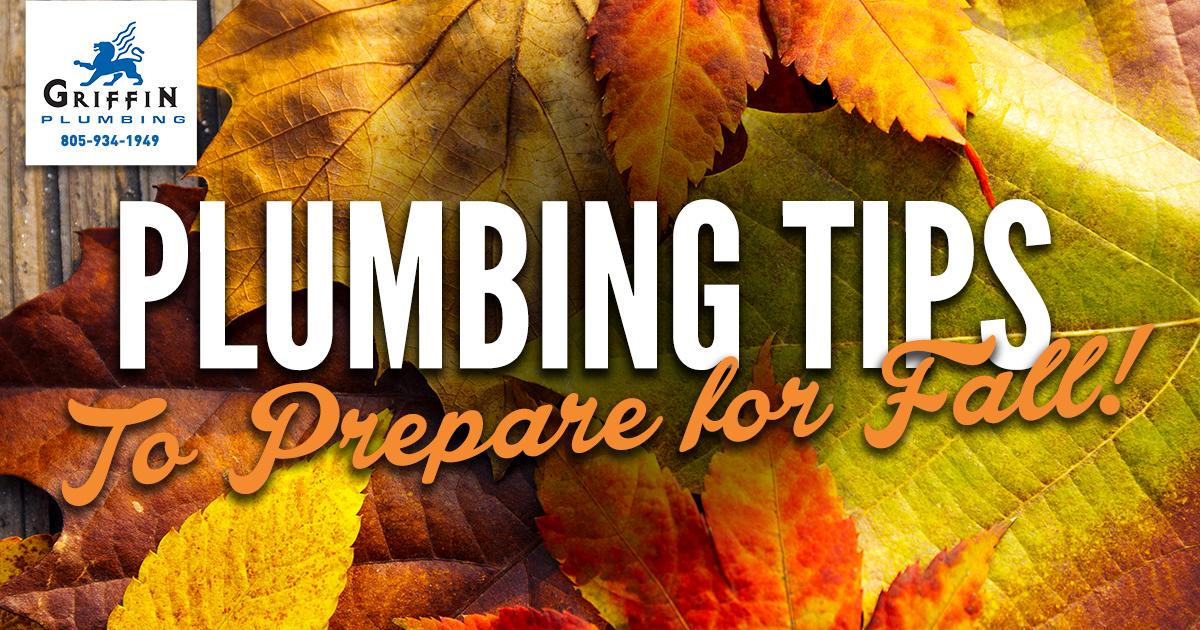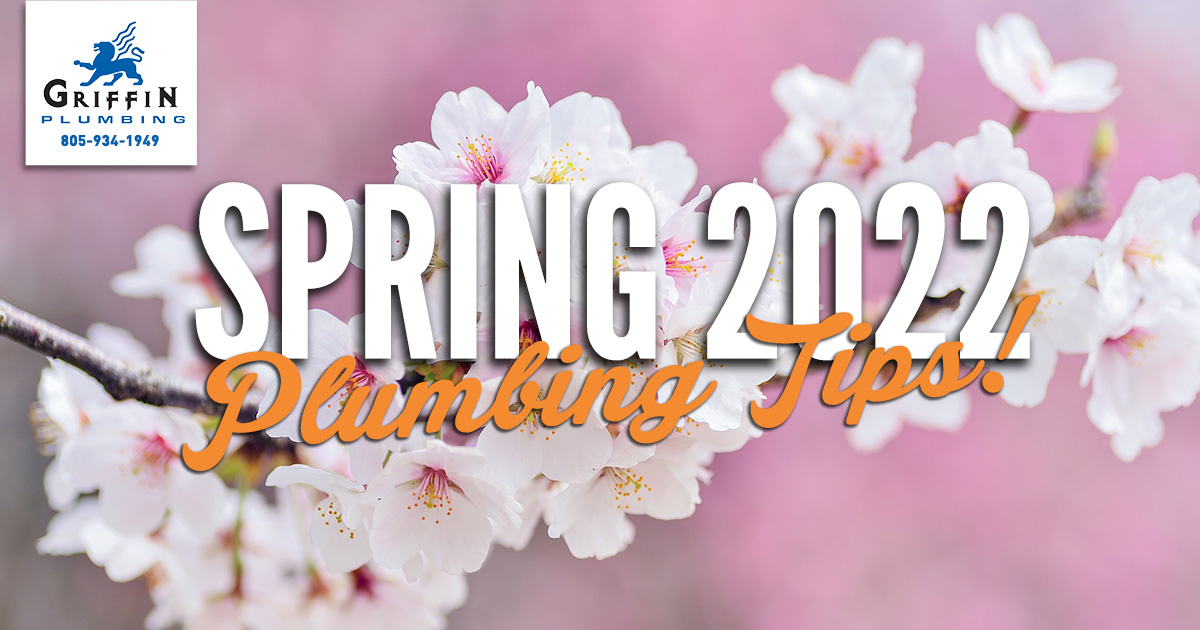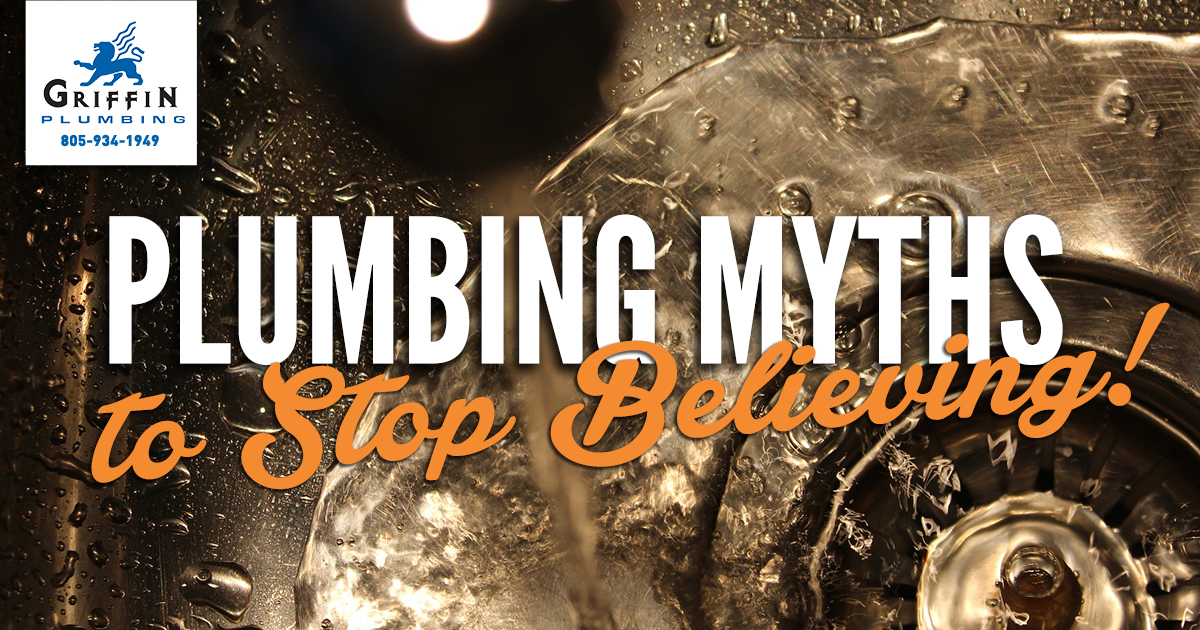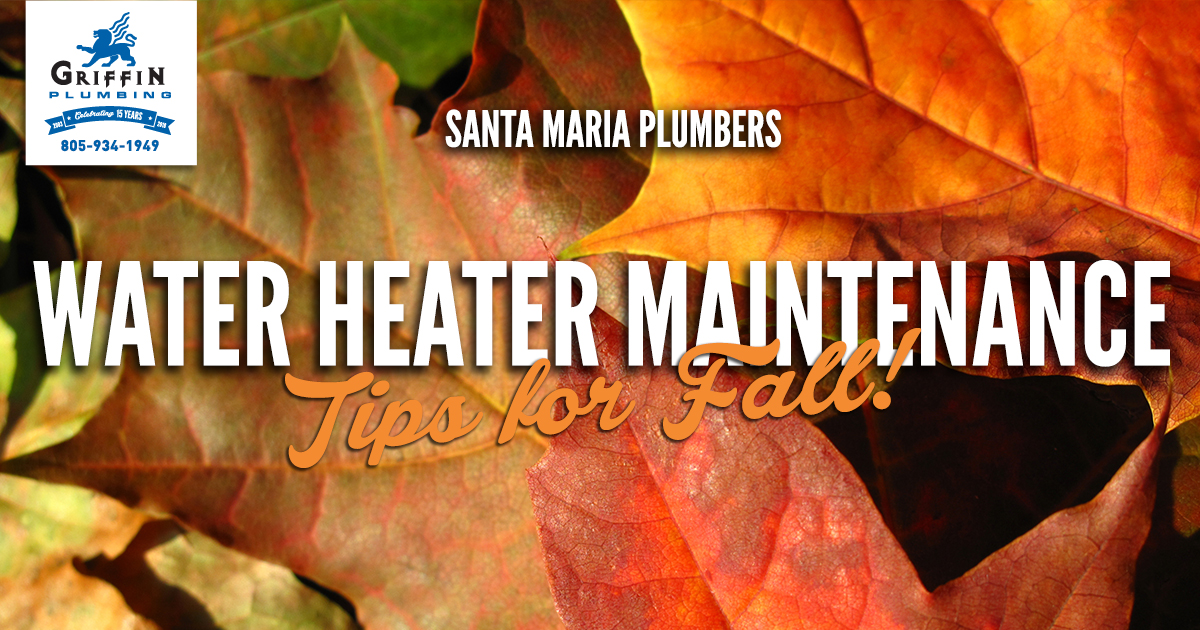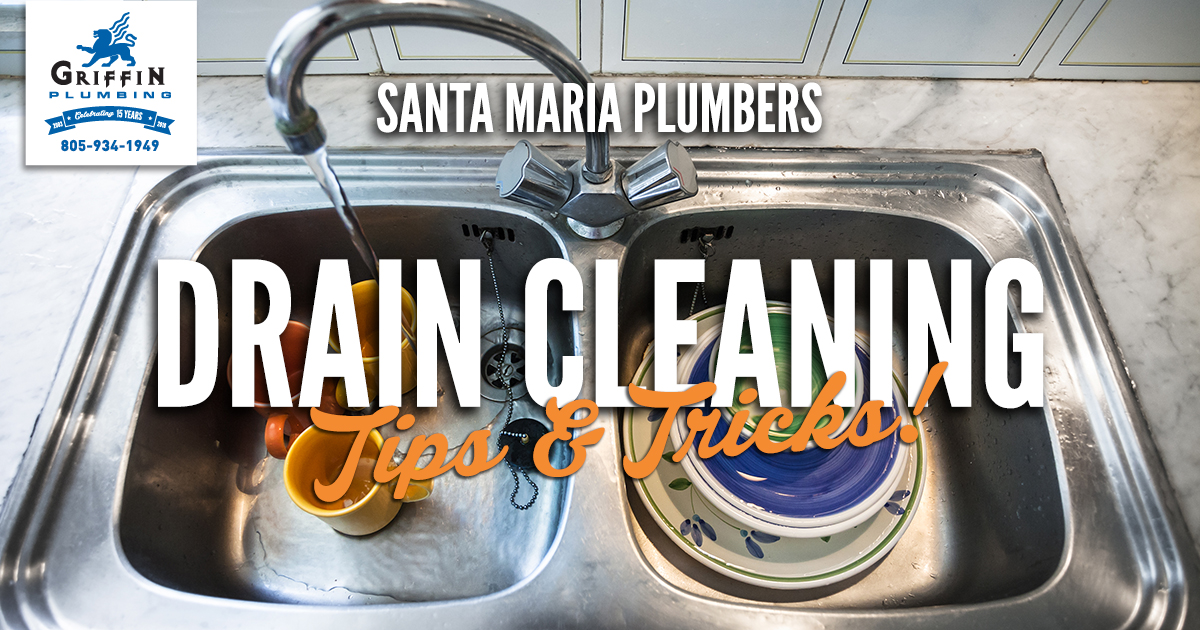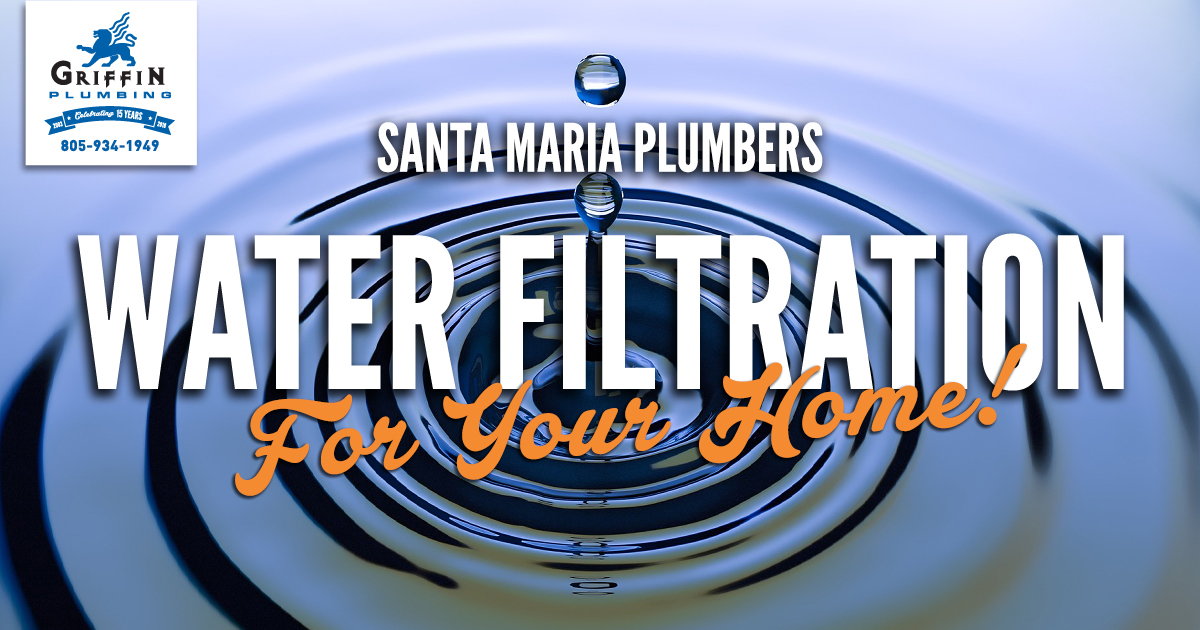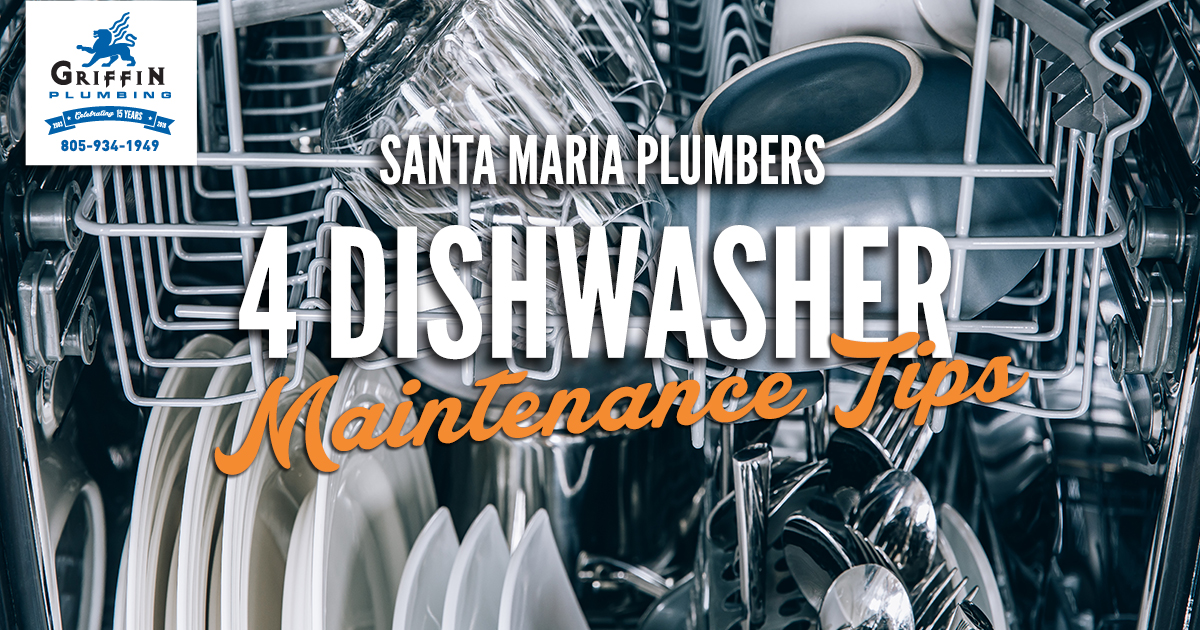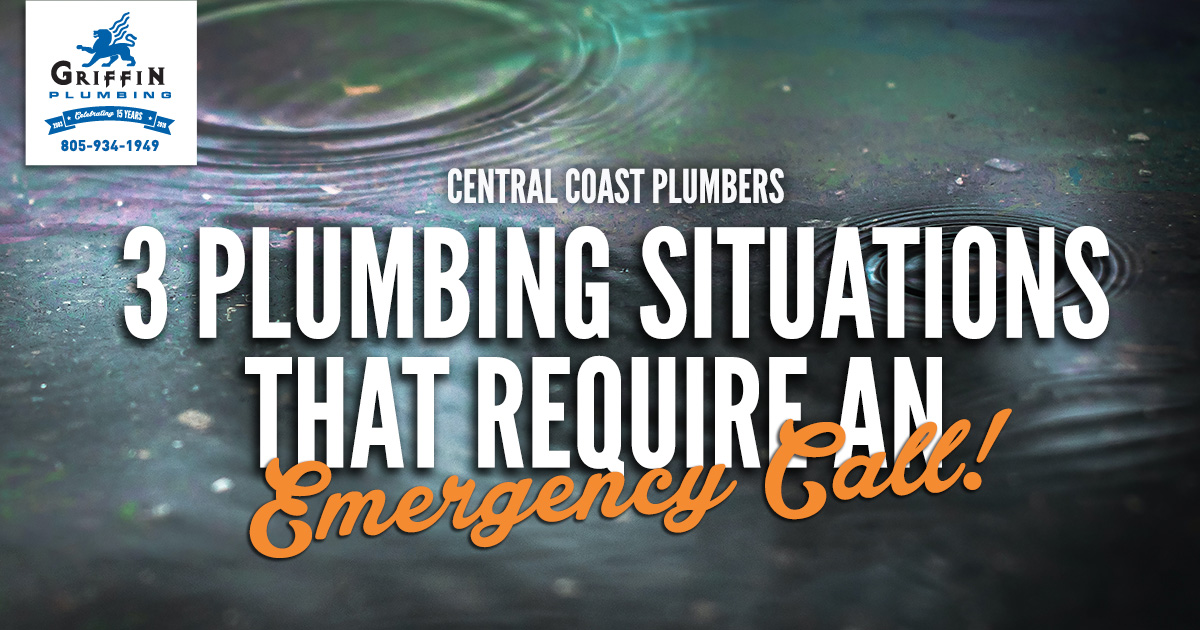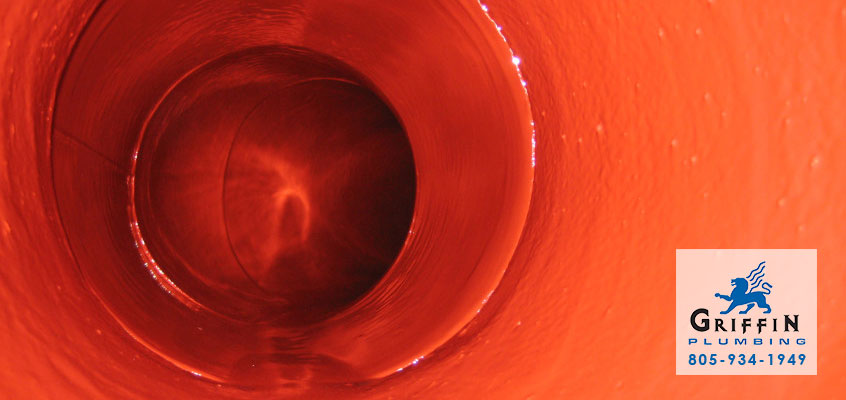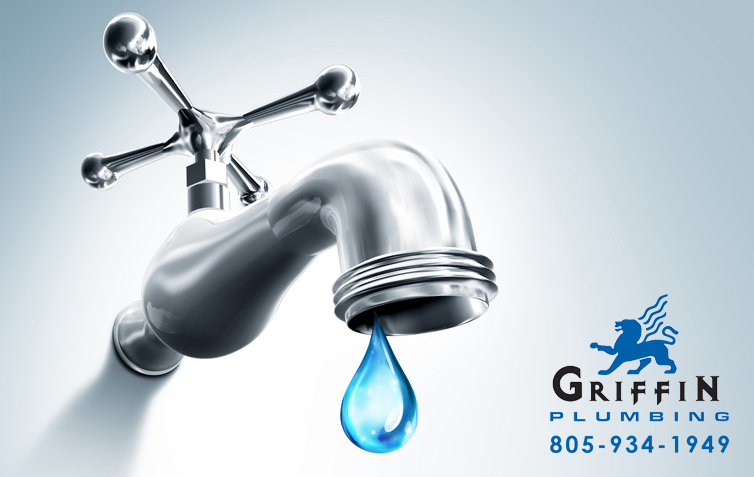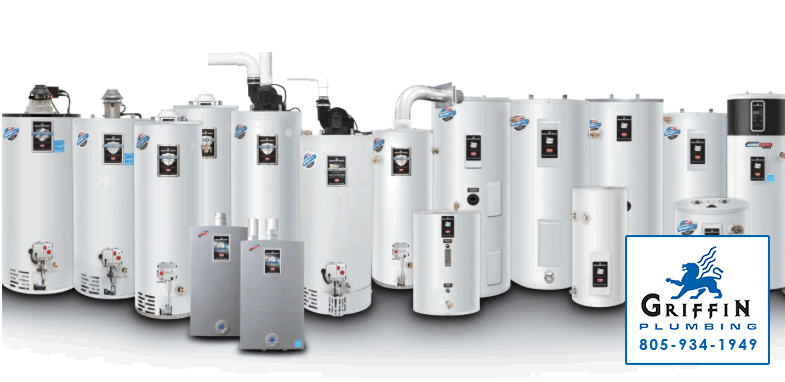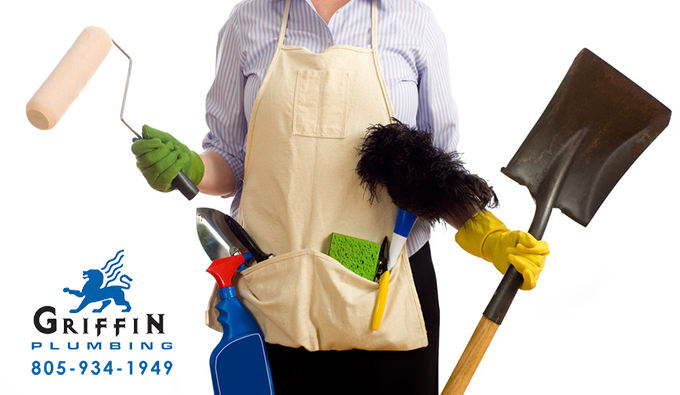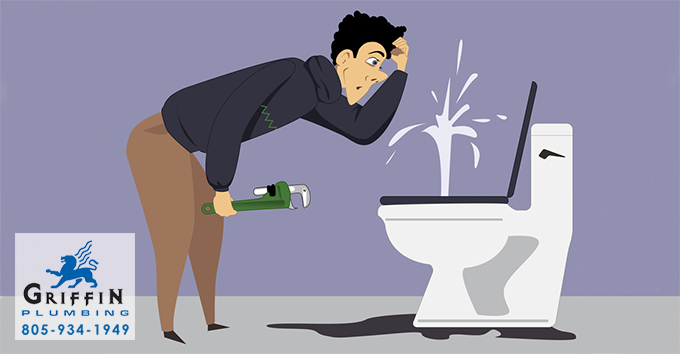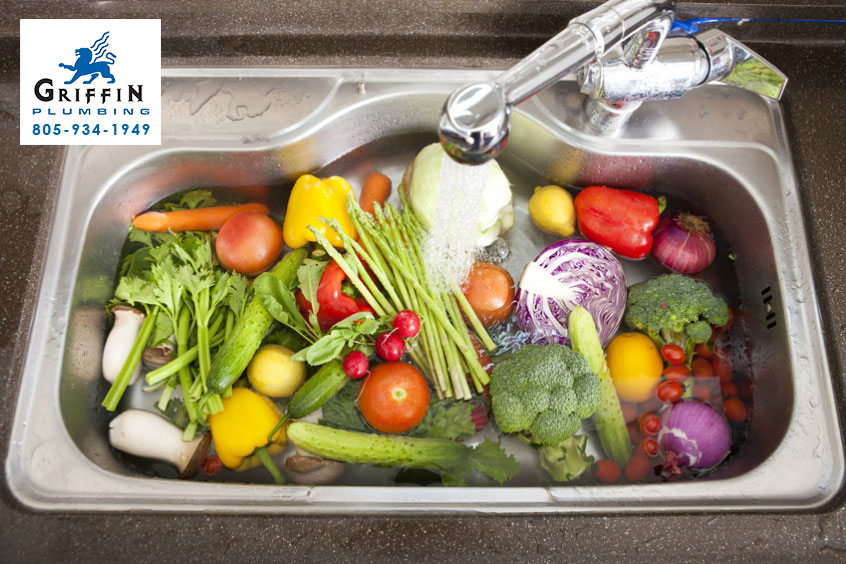Whether you’re looking for a distraction from your regular spring cleaning list or hoping to save a few bucks down the road, our Spring Cleaning Plumbing Checklist is full of handy tips.
Reviewing this list annually is a great way to fix small annoyances and prevent future home repairs or visits from one of our plumbers in Santa Maria.
Showerhead maintenance
Are your showerheads delivering less water? Do they have an odd spray pattern? They may have sediment or mineral build-up. Try putting some vinegar in a plastic bag and using a rubber band or twist tie to hold it around the submerged showerhead for at least 30 minutes. More buildup may take quite a bit longer. Wipe the vinegar from the showerhead with a wet rag and dry to a shine after removing the bag and running the water for a minute or two.
Sink faucet fix-up
You can usually unscrew the aerator (where the water comes out) by hand and clean out the debris. Some faucets require a special tool provided with the faucet by the manufacturer. Keep track of any small parts and remember the position they were in for reassembly! A vinegar soak and small soft bristled brush can help remove deposits. Aerators are easily and inexpensively replaced. If you need a new one, bring the old one with you to make sure you get the right part.
Fresh water leak check
Turn off all faucets and don’t use any water. Make sure the water heater isn’t refilling, the ice maker isn’t replenishing itself, no laundry or dishwasher is running, and irrigation is off. Locate your water meter and take a look. If the dial is running or numbers are changing, you could have a leak somewhere, and further investigation is required!
Fresh water leak location
Check supply lines and areas under the house, under sinks, at toilets, and near water heaters and refrigerators that have ice machines for water stains, discoloration, standing water, or water damage. Also, check irrigation connections and outdoor hose bibs.
Supply valve check-up
While you’re inspecting things, take your supply valves for a spin. Make sure the valves that supply water to toilets and sinks open and close completely. Don’t wait until you have a leak to discover that you can’t turn the supply line off!
Inside drain pipe leak check
Use your flashlight to inspect all under-sink pipes. Discoloration at joints and water staining below pipes are tell-tale signs of leaks, which can damage cabinets, floors, walls, and sometimes the ceilings or rooms below.
Detection of other drain and sewage leaks
If your home has a crawlspace, scoot in there to inspect all pipes and the nearby framing and underside of the subfloor, as well as the ground under pipes for signs of a leak. Take a good sniff for hints of mildew, mold, or moisture.
Prevention of future leaks
Inspect lines and hoses going to appliances for poor connections, signs of age, or failure. Get them replaced before they cause problems.
Drain concerns
If drains have slowed down, you may have vent problems (listen for gurgling), or you may need to have your pipes snaked to remove clogs before they completely block the pipes.
Leaking loos
Check for leaking toilets by putting some food coloring in the tank, then returning in 30 minutes to see if the colored water has leaked into the bowl.
Water heater upkeep
If you haven’t been servicing your water heater yourself, spring is a great time to have it done. Check your water heater’s manual for maintenance requirements.
If you find any problems or need help with your checklist, Griffin Plumbing’s techs are always ready and willing to lend a hand. Reach us online or call (805) 751-7206 .
